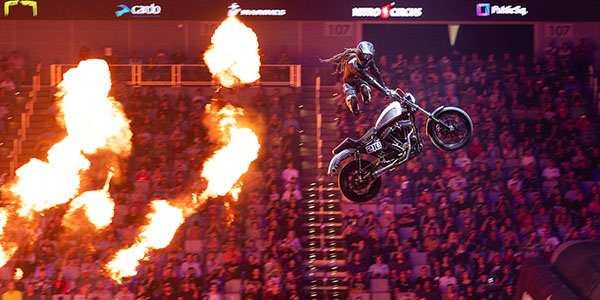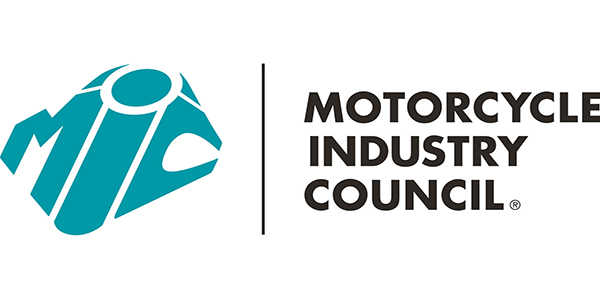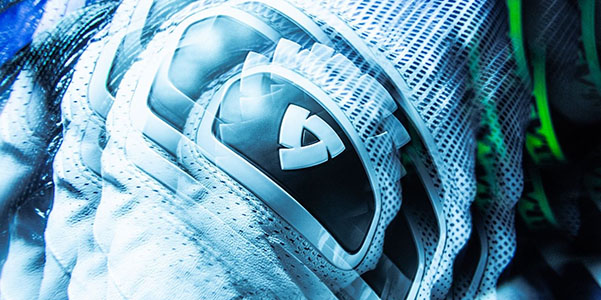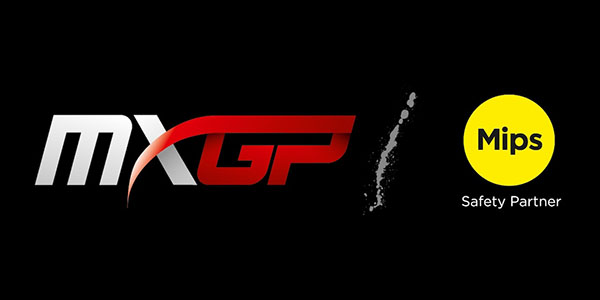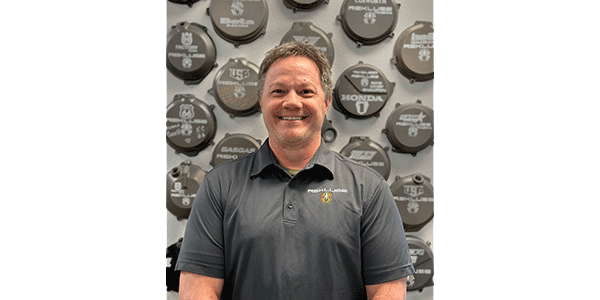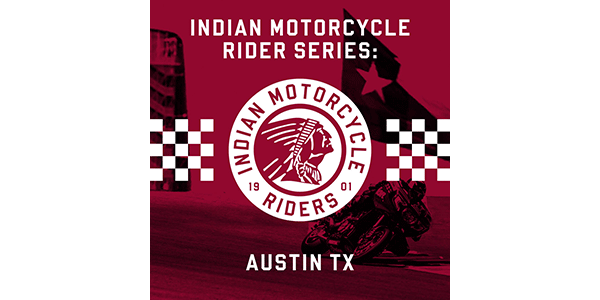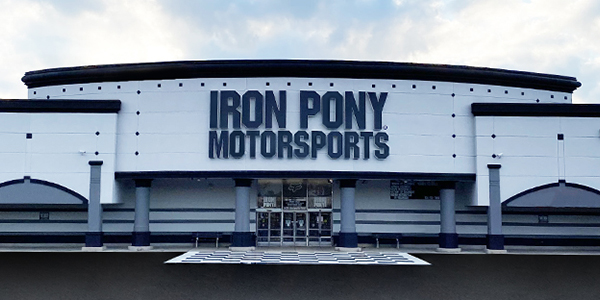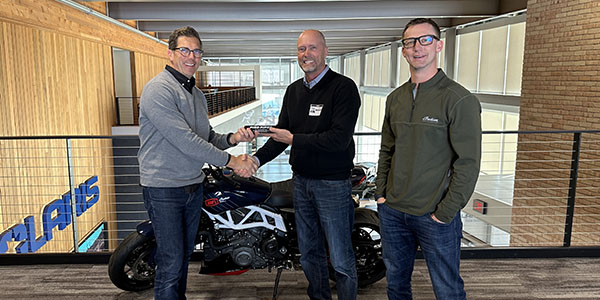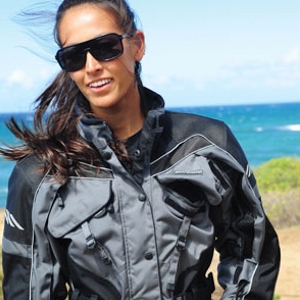 You can bet that there are as many attitudes about motorcycle apparel as there are individual riders. From beanie helmets and leather vests to racing leathers, there are endless choices for your dealership to stock for your customers. While price points and margins may vary considerably, here’s a guide to knowing what you are stocking and how to educate your sales staff in selling it.
You can bet that there are as many attitudes about motorcycle apparel as there are individual riders. From beanie helmets and leather vests to racing leathers, there are endless choices for your dealership to stock for your customers. While price points and margins may vary considerably, here’s a guide to knowing what you are stocking and how to educate your sales staff in selling it.
Let’s start at the top of the apparel market and look at what it takes to make quality gear. Great riding apparel makes an art of the comfort-protection equation. Klim’s dual sport product line manager, Edward Wilkinson, likens making good gear to making a cake. You need to use select, quality ingredients to create a good product. Good gear designers know their materials, how well they perform and can create distinctly different garments for each purpose and season.
Materials
Quality gear requires quality ingredients. There are primarily three types of manufactured materials used to make motorcycle apparel: polyester, nylon and exotics. Polyester is a standard commodity product that is generally inexpensive. Nylon has a wide variety of quality and features depending on the type used, how the thread is twisted and woven, and the type of coating or backers put on it. Exotics, such as super-fabrics with ceramic coatings, are products like Armacore, a name brand that features high tenacity nylon woven with heat-resistant and strong synthetic fibers such as Kevlar and Dyneema fabric super blends.
In general, polyester is inexpensive and takes color well. Nylon has superior abrasion but doesn’t take color quite as well. Kevlar is fantastic at preventing tearing but doesn’t take abrasion well. In addition to fabrics, there is a whole gamut of meshes from inexpensive polyester to those that are abrasion resistant. Using the right blend of materials to meet apparel product line objectives becomes an art form for the designers and developers.
And while it may seem less complex, not all leather is equal. Icon’s ICON 1000 line is a premium line that uses only full-grain Brazilian cowhide — hide from grass-fed cows that aren’t fenced with barbed wire. There are no pinpricks, scars, etc. Where the hides come from, how they are fed and harvested, and how they are tanned all play a role in the quality of leather produced. Full-grain and top-grain leather are the best quality, with split- and corrected-grain being the lesser qualities.
Construction
Construction techniques vary widely, too, and are another way companies keep costs down. Seam and stitch counts vary widely, and the simplest patterns are the best. Each seam makes a garment weaker. Add embroidery and the garment weakens even further. Nevertheless, motorcycle apparel needs to conform to the curves of a rider in order to be comfortable, so it becomes a matter of clever pattern engineering. It’s a balance between costs, construction, durability and fit.
Thread and stitching then become a huge part of the quality equation. Stitches per inch and the type of seam — single, double or triple-stitched — are important factors to consider as well. Serging, or “overlocking,” is a strong technique, which takes a special machine and actually runs up to five lines of thread into each stitch and locks them all together. Loops of thread pass from the needle thread to the edges of the fabric so that the edges are contained within the seam.
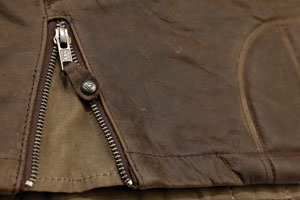 Managing Pricepoints
Managing Pricepoints
How do apparel companies use top-quality materials and keep the manufacturing cost down? Eliminating features is one way. Companies can get rid of sewn-in liners, iPod earbud holes and hydration systems. This is how Olympia Moto Sports does it: they use the same high-end materials in their $189 jackets as they do in their $400 jackets. Their price points increase as features and benefits, such as removable liner jackets, hydration systems, etc., are added. Basic components such as Cordura fabric, CE protectors and YKK zippers are used throughout their entire product line
regardless of price.
This is an important point any dealership apparel manager needs to remember: always look at the construction and materials of the product you are stocking and selling. Just because an apparel company has a high-end reputation, doesn’t mean that every line they produce uses those high-end ingredients.
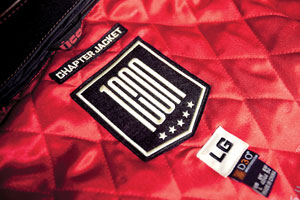 Comfort
Comfort
A motorcycle apparel line either makes or breaks on comfort. Fit is an integral part of the comfort factor, and the patterning is a key ingredient. Is the tail long enough to prevent drafts? Is there a pre-bend to the sleeves so they fit right when in the riding position? Are there gussets in the right places so the jacket doesn’t bunch up?
Convenience features are also important. Are there wrist adjusters, and can they be operated with gloved hands? Does the waistband have elastic in it so that it stretches and flexes with the rider? Is there adequate venting? Is everything sewn well? Moreover, never underestimate the power of a good zipper. Good quality apparel uses high quality zippers. After all, if you can’t zip your jacket up, what good is it?
The overall fabrics used are also part of the comfort factor. Is the fabric the right fabric for the intended use? Is it breathable? Is it waterproof? What about the trim — is it a comfortable material if it is next to the skin? Does it flex in harmony with the garment material? Does it chafe? Does it fuzz or wear out quickly?
Better apparel considers all these things. “Good gear is very comfortable and doesn’t tire the rider. It adapts to the rider’s body, stretches, yet still protects,” says REV’IT! director of operations Paolo Bacchiarello. “Good gear needs to be comfortable, but not comfortable to the point of being too big.”
Many apparel companies sell all over the world and have extensive testing and consumer feedback programs. This type of formal feedback program is essential; actual performance in the field under a wide variety of temperatures and weather extremes is integral to product advancement. Other companies, such as BMW, develop many of their own apparel materials, which helps them keep a competitive edge.
Yet, dealers and consumers alike have to be aware that there are proprietary apparel materials based upon real science and engineering, and those that are simply made up names for a given brand. That’s where the hangtags and sew-in labels come in handy. There are many partnerships in the motorcycle apparel industry, and most notable are the ones you see dangling from garments on the racks. These supplier companies make a guarantee to each other to use a certain quantity of materials, which helps fund further research and engineering.
 Protection
Protection
“Quality armor in your gear is as essential as the helmet you wear,” says Richard Harfoot, D3O business development manager for motorsports. “The first thing to look for is a good fit. Make sure your jacket and pants are fitted correctly and use quality materials and construction. During a fall, your armor will move around and expose your joints to an impact, especially when rolling. Secondly, choose the highest rated CE armor you can.”
Protective armor performs differently depending on climate and conditions, and can become stiff and bulky. The best quality gear offers the highest certified limb and back armor on the market, engineered to the latest standards. “This makes you safer and more comfortable, letting you concentrate on the ride,” says Harfoot.
What is CE armor? CE is the European standard covering protective clothing for motorcyclists against impact. Level 1 is the starting point, and Level 2 pushes the limit to give riders the highest level on the market, reducing the transmitted force to your body.
“Armor is unfortunately the easiest way for some manufacturers to make their product ‘affordable,’” says Joe Rocket’s Steve Blakeney. “The safest bet to ensure the jacket has viable armor is to look for CE approved armor. And every sales person should be prepared to pull out the armor to show any consumer the ‘CE Approved’ stamp. If it doesn’t have the stamp, it’s not approved.
A word of caution: because there are no CE ratings in the U.S., some apparel and armor companies call their gear “CE rated.” To make sure that the apparel and protectors conform to the European standard, specifically look for the corresponding EN number.
Armor, or lack of armor, doesn’t always define what makes quality gear. Companies such as Roland Sands Designs manufacture some of their motorcycle apparel lines with high quality construction, yet leave it to the consumer to choose what, if any, armor gets installed in the armor pockets.
Consumers will always ask why good apparel is so expensive. Joanne Donn, founder of Gearchic.com, says, “Motorcycle apparel is one of the few industries where you literally get what you pay for.” The bottom line is that quality gear takes armor that is more expensive, requires more expensive raw materials, and takes more time to construct.
As Klim’s Wilkinson says, “The overall garment is only as good as all the parts.”
The combination of all these things is what makes decent apparel … if you do it right, the sum of the whole is greater than the sum of the parts.

